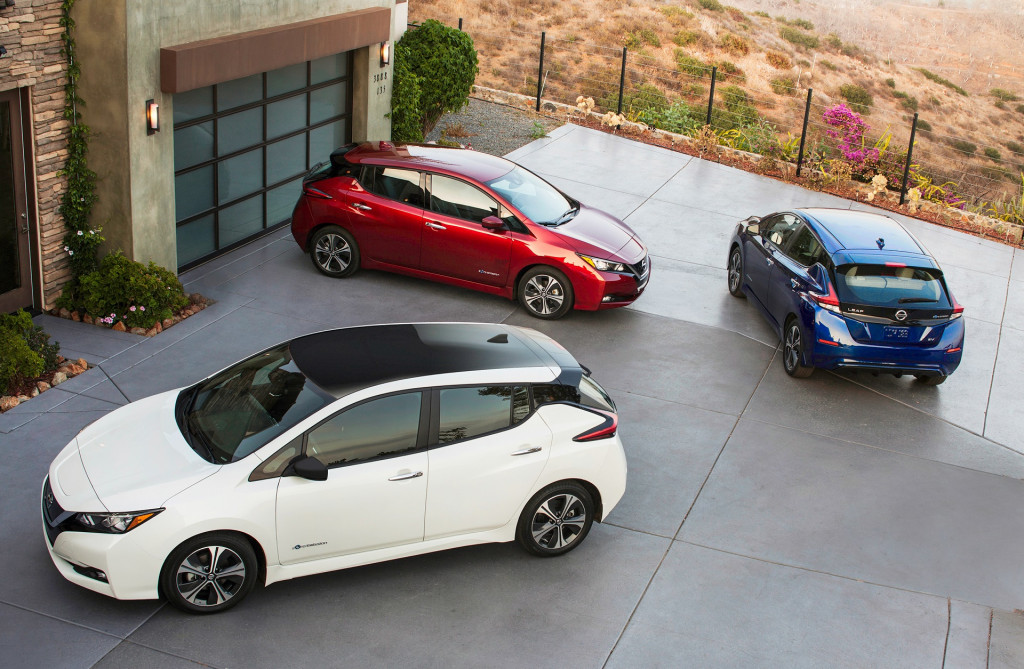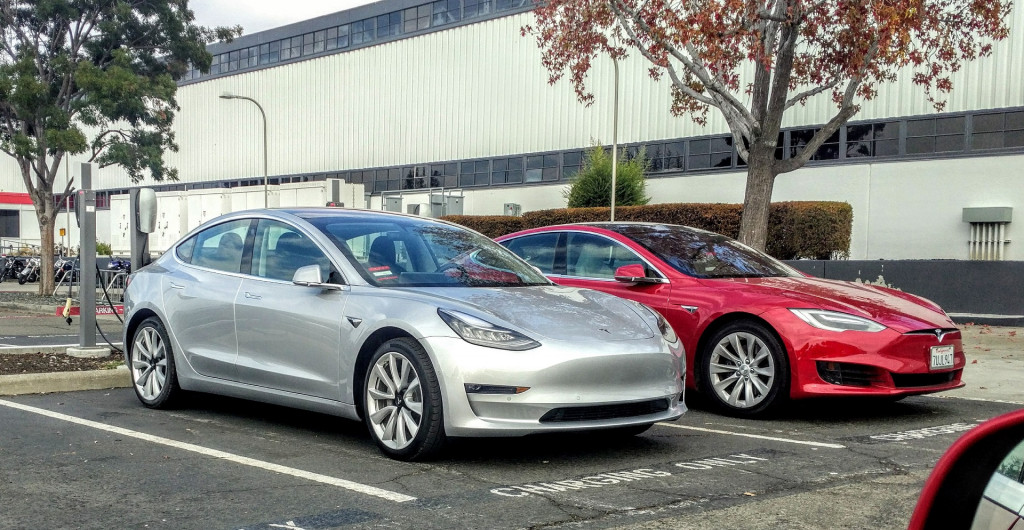In less than three months, personal income-tax returns or 2017 will be due for most U.S. adults.
Some of those taxpayers will have bought a plug-in electric car last year, knowing that the Federal government offers an income-tax credit to help reduce the effective cost.
But as more and more electric cars hit the roads, will electric-car shoppers during 2018 run the risk of losing out on these credits if they wait too long?
CHECK OUT: 2018 Nissan Leaf vs Chevrolet Bolt EV: new electric cars compared
The short answer is not within the next few months—but they should pay much closer attention to the numbers than they had to in previous years.
UPDATE: We first published this article in July 2013. After five years of electric-car sales, we updated it first in early 2016, and again in February 2018. It now reflects aggregate plug-in electric car sales data through December 2017 for the highest-volume carmakers.
Unlike a purchase rebate, which is basically a check in the mail, an income-tax credit is taken when the buyer files his or her U.S. income tax return for the year in which the electric car was purchased.
Credits range from $2,500 to $7,500 for battery-electric and plug-in hybrid passenger cars, based on the size of the battery pack.
The minimum pack size is 4 kilowatt-hours, and the scale runs from 4 kWh to 16 kWh (or more). For example:
- 2012-2015 Toyota Prius Plug-In Hybrid: $2,500
- 2013-2018 Ford Fusion Energi & C-Max Energi: $4,007
- 2011-2018 Chevrolet Volt, Nissan Leaf, Tesla Model 3, others: $7,500

2018 Nissan Leaf
Like the prior program of income-tax credits for purchase of a hybrid-electric car, which ended several years ago, there's a cap on how many cars from each maker qualify for the credits.
Whereas a previous credit for purchase of a hybrid was capped at 60,000 vehicles per carmaker, plug-in vehicles have a higher cap: 200,000 cars. That applies to U.S. sales only.
Once that number is achieved, the credits start to phase out, over a one-year period, in the second quarter. For two quarters, the credit is halved; in the third quarter, it is 25 percent of the original amount. Then, it ends.
The relevant rules can be found on the IRS website, including the phaseout:
The qualified plug-in electric drive motor vehicle credit phases out for a manufacturer’s vehicles over the one-year period beginning with the second calendar quarter after the calendar quarter in which at least 200,000 qualifying vehicles manufactured by that manufacturer have been sold for use in the United States (determined on a cumulative basis for sales after December 31, 2009) (“phase-out period”).
Qualifying vehicles manufactured by that manufacturer are eligible for 50 percent of the credit if acquired in the first two quarters of the phase-out period and25 percent of the credit if acquired in the third or fourth quarter of the phase-out period. Vehicles manufactured by that manufacturer are not eligible for a credit if acquired after the phase-out period.

2017 Tesla Model 3 and Model S in Tesla assembly plant parking lot, Fremont, CA, November 2017
In practice, General Motors and Nissan are closest to that limit. Through December 2017, GM had sold 168,183 plug-in cars—Chevy Volts, Spark EVs, and Bolt EVs, plus Cadillac ELRs and CT6 PHEVs—and Nissan had sold 114,825 Leafs.
Tesla doesn't break out its sales by market, but its U.S. sales are likely about 170,000 electric cars.
Ford, Toyota, BMW, and others remain under 100,000 total plug-in sales.
Importantly, not every U.S. sale results in a credit, either--although, between sales to eligible individuals and credits that go to lease financing companies, most of them will.
But you still have at least a few months before General Motors and Tesla near that 200,000 total—so you can safely keep shopping.
Plug-in sales rose for four years, plateaued in 2015, and then resumed rising, hitting a new high last year. While 17,500 were sold in 2011, and 118,500 in 2014, the total reached just under 200,000 last year.
Sales are anticipated to rise considerably in 2018, with the Chevy Bolt EV available in all 50 states, the new, higher-range 2018 Nissan Leaf now on sale, and of course deliveries of the Tesla Model 3 expected to ramp up considerably sometime this year.













